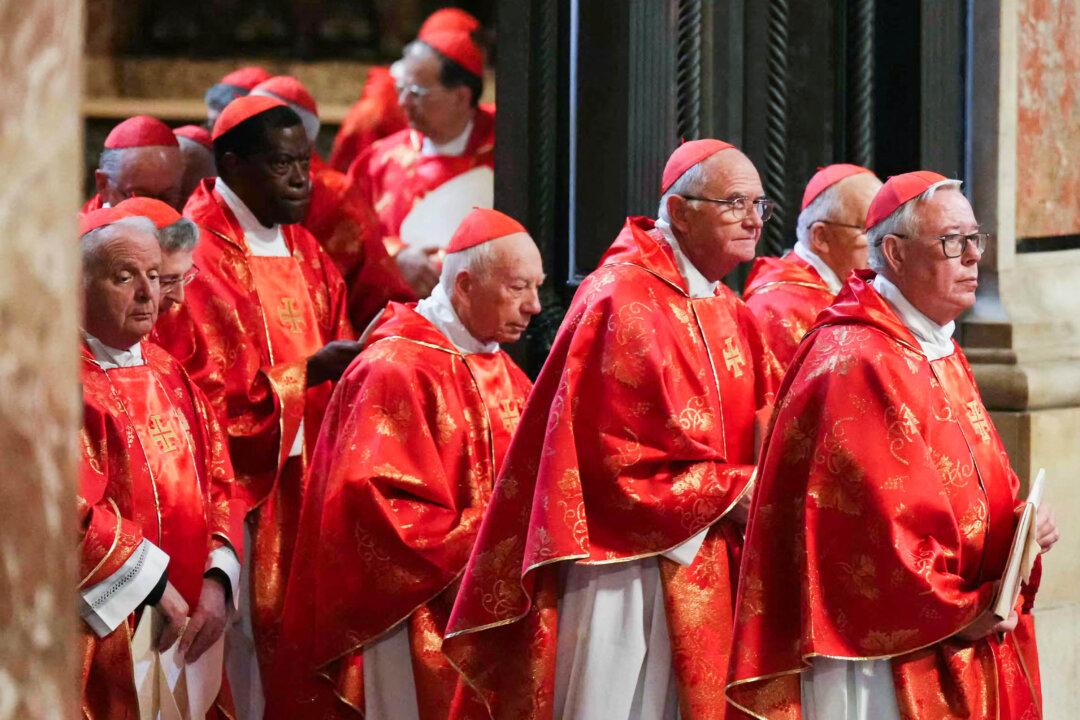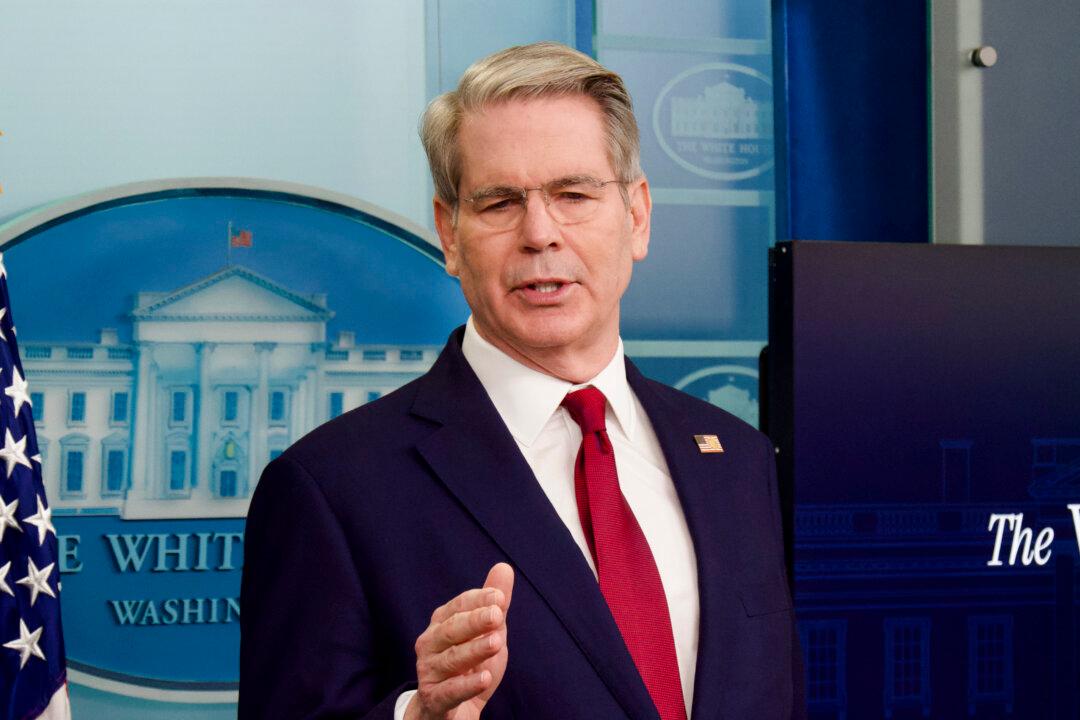The election of the Catholic Church’s next Pope is officially underway as a record-setting 133 voting cardinals from all over the world took an oath of secrecy and were locked in the Sistine Chapel on the evening of May 7.
Roughly three hours later, black smoke emanated from the chimney atop the Sistine Chapel, notifying the tens of thousands of faithful gathering in St. Peter’s Square that the first vote had been cast but had failed to reach the necessary consensus.
The next vote will be cast on the morning of May 8.
The first day’s events began in St. Peter’s Basilica at 10 a.m. local time, with the Mass for the Election of the Roman Pontiff, led by Cardinal Giovanni Battista Re, dean of the College of Cardinals.
Afterward, the cardinals had the opportunity to begin moving into the apartments in the Vatican’s Domus Sanctae Marthae, where they will stay for the duration of the conclave.
“The successor of St. Peter will have to be a man who can courageously unite the world’s 1.4 billion Catholics—who are facing challenges ranging from radical secularism and moral relativism to outright violent persecution—with clarity and compassion about the fundamental truths of our faith.”
New York City’s Cardinal Timothy Dolan, an avid social media user, said on social media platform X that he and other American cardinals were making their transition to the Domus from the Pontifical North American College, where they had been staying since arriving for Pope Francis’s funeral.
By 3 p.m. on May 7, cellphone coverage in the Vatican was expected to cease. The Vatican Governorate, which administers the world’s smallest country, announced that “all the transmission systems of the mobile phone telecommunications signal, present in the territory of the Vatican City State ... will be deactivated.”
This signal drop is in support of the conclave’s security and secrecy requirements. Cell service will be restored “with the maximum speed permitted by the technology of the mobile operators” after the announcement of the next pope’s election.
The two previous conclaves were held in April 2005 and March 2013, making this the third to take place in the age of social media.
The cardinals’ official entry into conclave began at about 4:30 p.m. when they gathered in the Pauline Chapel. Leading the rite was Cardinal Pietro Parolin, the ranking member of voting-age cardinals.
Reciting the Litany of the Saints in Latin, cardinal electors—those younger than 80—then processed into the Sistine Chapel, joined by Vatican officials. They processed in reverse order of seniority, beginning with the most recently appointed cardinal deacon, followed by cardinal presbyters and cardinal bishops.
Inside the chapel, each cardinal had a seat assigned to him. Outside, a Swiss Guard stood posted at every entrance.
A second hymn was sung.
At about 5 p.m., each of the 133 cardinals placed his hand on the gospel set up in the center of the chapel and took an oath binding him to “absolute secrecy regarding all details surrounding the election of the new Pope, while promising to rebuff any attempts from outside to sway the election,” according to the Vatican news service.
The oath also commits each elector to fulfilling the Munus Petrinum—the mission of St. Peter, the first pope—if he is elected to be the next supreme pontiff of the Catholic Church.
Just after 5:40 p.m., everyone who was not a cardinal elector from the chapel left, and the doors to the Sistine Chapel were shut.
The results of the first vote were released at about 9 p.m. local time.







